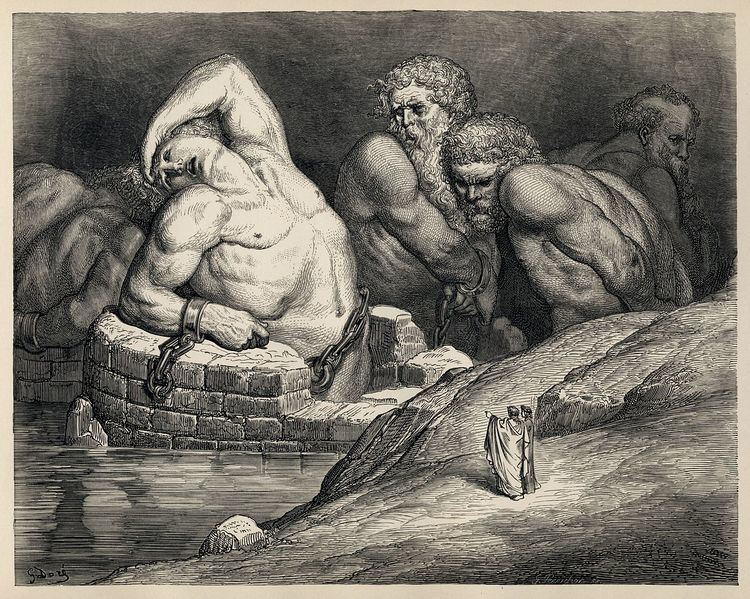 | ||
The familiar name and large size of the Titans have made them dramatic figures suited to market-oriented popular culture.
Contents
Sports teams
Atlas
Coeus
Crius
Cronus/Saturn
Eos/Aurora
Epimetheus
Hecate
Helios
Hyperion
Iapetus
Mnemosyne
Oceanus
Perses
Prometheus
Rhea
Selene
Tethys
Theia
References
Titans in popular culture Wikipedia(Text) CC BY-SA
